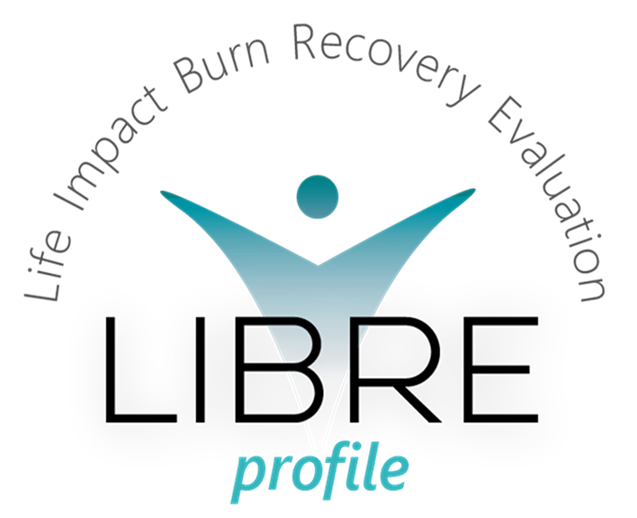Header Skipped.
Welcome to the LIBRE Profile
We hope you can use this tool to assist your recovery!

The Life Impact Burn Recovery Evaluation (LIBRE) Profile is a self-reported outcome measure of social participation for adults with burn injury. It measures an individual's ability to engage in social situations across six areas: Relationships with Family & Friends, Social Interaction, Social Activities, Work & Employment, Romantic Relationships, and Sexual Relationships.
The LIBRE Profile is available as a paper survey or a mobile app on the Apple Store and Google Play.
If you are looking for resources for a burn survivor, please consider the Phoenix Society for Burn Survivors.
Learn more about the scoring and science behind the LIBRE Profile.
Learn more about international translations of the LIBRE Profile.